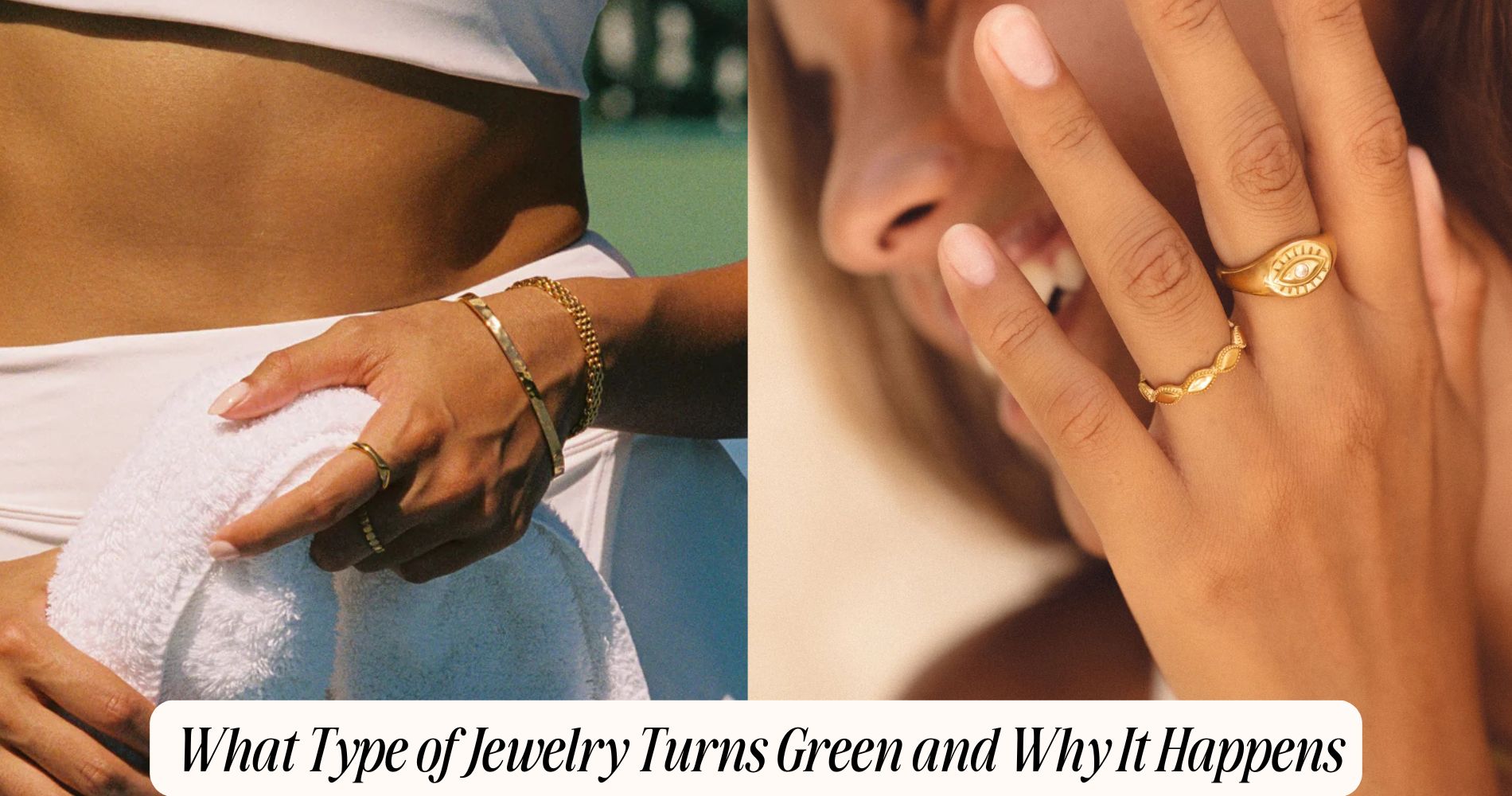
What Type of Jewelry Turns Green and Why It Happens
Ever wondered what type of jewelry turns green on your skin? This happens due to chemical reactions between certain metals and your body’s moisture or pH levels. Jewelry made from copper or nickel alloys is most likely to cause this reaction, with copper being the main culprit. When exposed to air and moisture, copper forms salts that leave a greenish tint on your skin. By understanding how these metal reactions work and your own body chemistry, you can take steps to avoid discoloration. Discover more by exploring our Waterproof Jewelry collection designed to keep your skin safe and stylish.
Understanding the Chemistry Behind Jewelry Discoloration
When you notice your favorite piece of jewelry turning green, it’s not a sign of poor quality but rather a fascinating chemical reaction at play.
This discoloration often stems from oxidation processes, which occur when metals in your jewelry react with moisture and air. Your body's natural oils and sweat can accelerate these chemical reactions, leading to a visible green hue.
Copper, commonly found in various jewelry alloys, undergoes oxidation, forming copper oxide or copper carbonate. This compound is responsible for the green tint you observe.
Understanding these chemical reactions helps you appreciate the artistry and science behind your jewelry. It’s not just about aesthetics; it’s a reflection of the dynamic interaction between materials and their environment.
Metals Commonly Associated With Green Stains
Although it might seem surprising, several metals are notorious for causing green stains on your skin. Copper alloys, commonly used in jewelry, are prime culprits. When exposed to moisture or air, copper reacts and forms copper salts, which are responsible for those unsightly green marks.
You might find copper alloys in rings, bracelets, and necklaces, often combined with other metals to enhance durability or color.
Nickel content in jewelry is another factor you should consider. Often mixed with other metals to create white gold or silver finishes, nickel can also tarnish and leave behind green or black residues.
Your skin's oils and sweat accelerate these reactions, making nickel-laden jewelry a frequent offender in the world of green stains.
The Role of Body Chemistry in Metal Reactions
Your body's unique chemistry can greatly influence how metals react when in contact with your skin. Two key factors are your body pH and sweat composition.
If your skin is more acidic, due to a lower body pH, it can accelerate the oxidation process in metals like copper and nickel, leading to that notorious green discoloration.
Sweat composition also plays a role; saltier sweat can increase the likelihood of metal corrosion. Trace elements and oils naturally present in your sweat may create a chemical environment conducive to reactions with certain metals.
Additionally, hormonal changes and diet can subtly alter your body chemistry, affecting how your jewelry interacts with your skin.
Understanding these nuances helps explain why some people experience green stains while others don't.
Tips for Preventing Jewelry From Turning Your Skin Green
To prevent your jewelry from turning your skin green, it’s important to understand both the causes and solutions. Copper and nickel in jewelry react with your skin's natural acids and moisture, leading to discoloration.
Implementing preventative measures can help. First, coat your jewelry with clear nail polish to create a barrier between the metal and your skin. This simple jewelry care technique reduces direct contact and minimizes reactions.
Avoid wearing jewelry during activities causing heavy sweating or exposure to water, as moisture accelerates tarnishing. Store pieces in a dry, airtight container to prevent oxidation.
Regularly clean your jewelry with a soft cloth to remove oils and residues. By practicing these steps, you can maintain your jewelry's luster and keep your skin free from unsightly stains.
Alternatives to Traditional Metals for Sensitive Skin
When you have sensitive skin, exploring alternatives to traditional metals can greatly enhance your jewelry-wearing experience. Hypoallergenic options abound, offering comfort without sacrificing style.
Stainless steel is a reliable choice, known for its durability and resistance to tarnishing. Titanium, another excellent hypoallergenic metal, is lightweight yet strong, making it perfect for everyday wear. If you prefer a more luxurious touch, consider platinum, which is naturally hypoallergenic and boasts a stunning, lasting shine.
For those seeking non-metal jewelry materials, consider silicone or wood. Silicone offers flexibility and vibrant colors, while wood provides an organic, earthy aesthetic.
Ceramic is another innovative option, providing a sleek, modern look. By choosing these materials, you can enjoy beautiful jewelry without worrying about skin irritation.
Frequently Asked Questions
Can Green Discoloration From Jewelry Be Harmful to My Health?
Green discoloration from jewelry generally isn't harmful, but it can cause skin irritation. It's usually due to copper reacting with sweat, forming a patina. If irritation occurs, stop wearing the jewelry and clean the affected area.
Are There Specific Jewelry Brands Known for Causing Green Stains?
You won't find specific brands solely known for causing green stains, but costume jewelry made with metal alloys often does. Always check the materials used, and consider pieces with higher-quality metals to avoid discoloration.
How Can I Test if My Jewelry Will Turn Green Before Wearing It?
Rub a small area of your jewelry with white vinegar or lemon juice using a cotton swab. If it reacts, turning green, the jewelry materials likely contain copper. Consider testing methods to verify composition.
Does the Frequency of Wearing Jewelry Affect the Likelihood of Green Stains?
Yes, your wearing habits impact the frequency of green stains. Wearing jewelry often increases exposure to moisture and chemicals, accelerating tarnish. Regular cleaning and storing properly can help minimize the frequency impact of these unsightly marks.
Can Jewelry That Turns Green Be Restored to Its Original Color?
Yes, you can restore jewelry to its original color using specific restoration methods. Implement cleaning techniques like using a vinegar solution, gentle scrubbing with a soft brush, or applying a commercial jewelry cleaner for effective results.
Conclusion
You've now got a solid grasp on why some jewelry turns your skin green. It's all about the metals, like copper and nickel, reacting with your body chemistry. To avoid this, you can choose alternatives like stainless steel or platinum, or even coat your jewelry with clear nail polish. Remember, everyone's skin is different, so experimenting with different metals is key. With this knowledge, you're ready to make informed choices and enjoy your jewelry without any unwanted surprises.







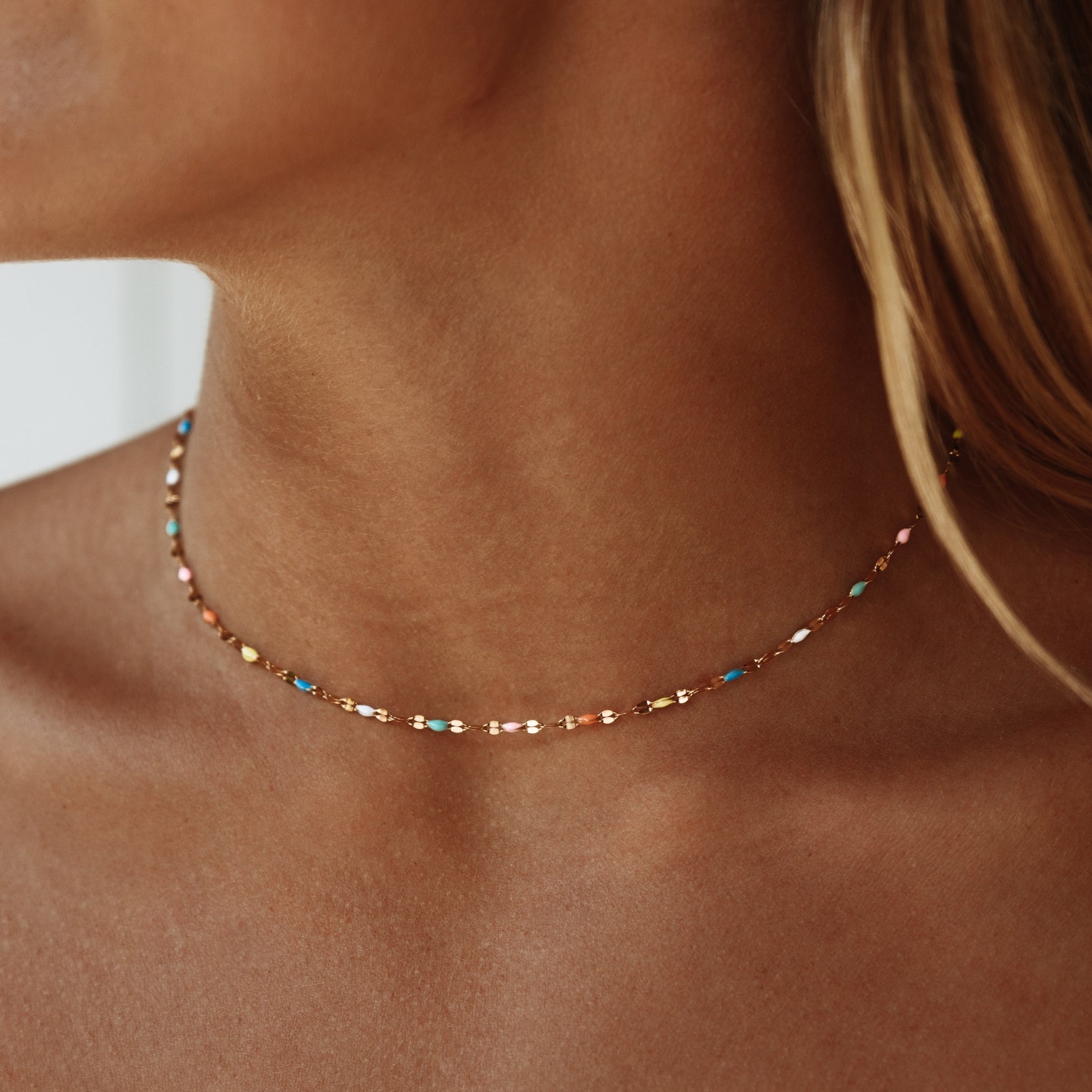
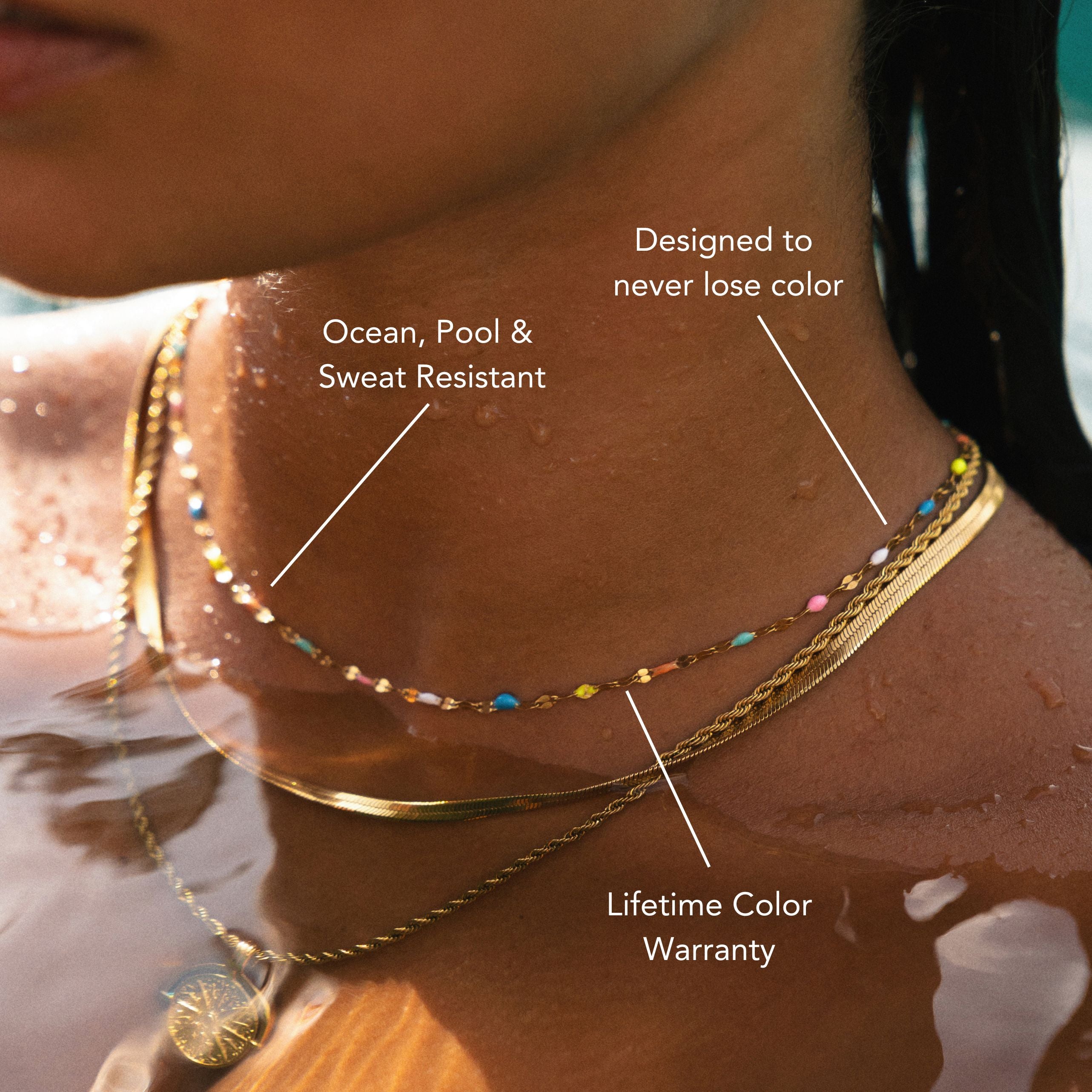
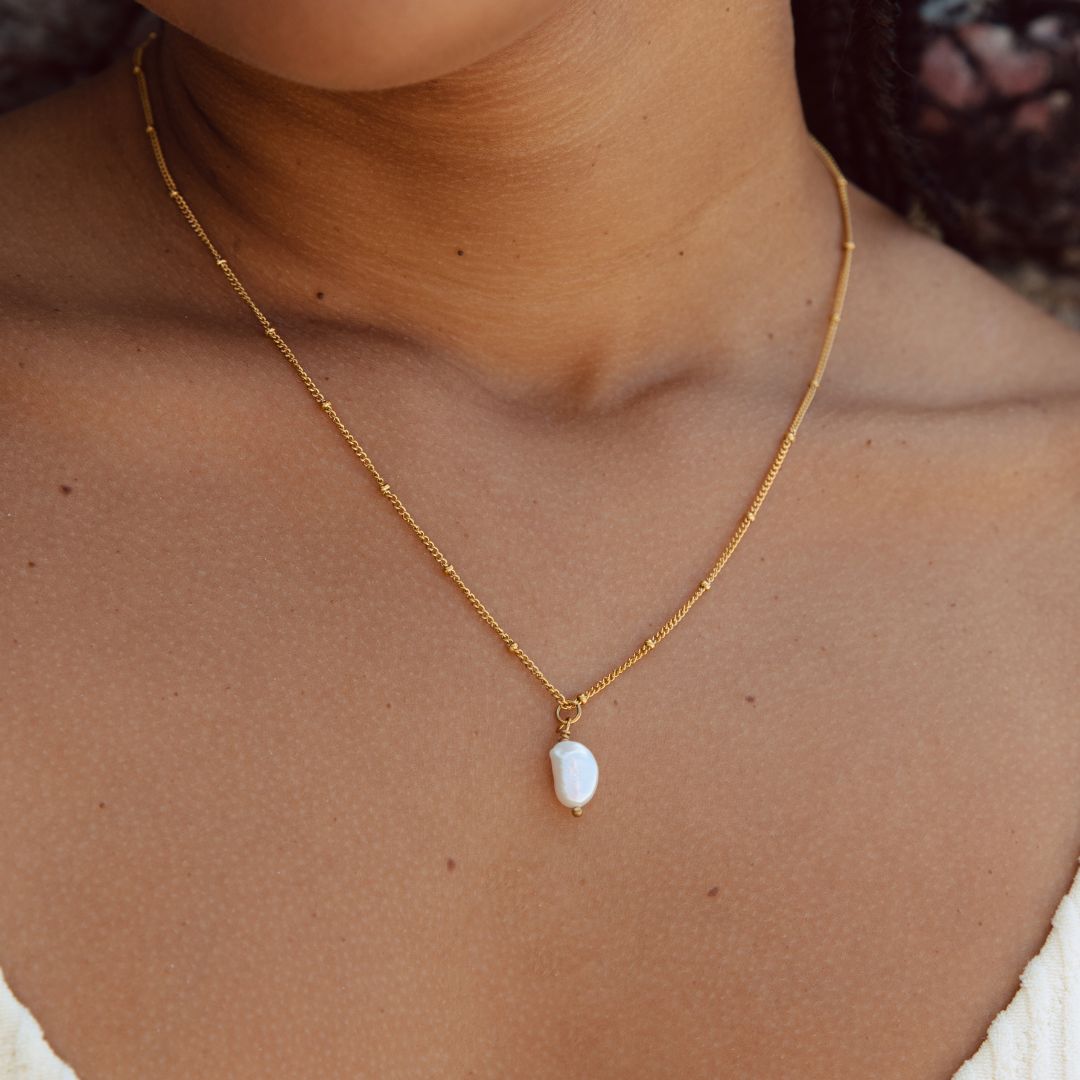

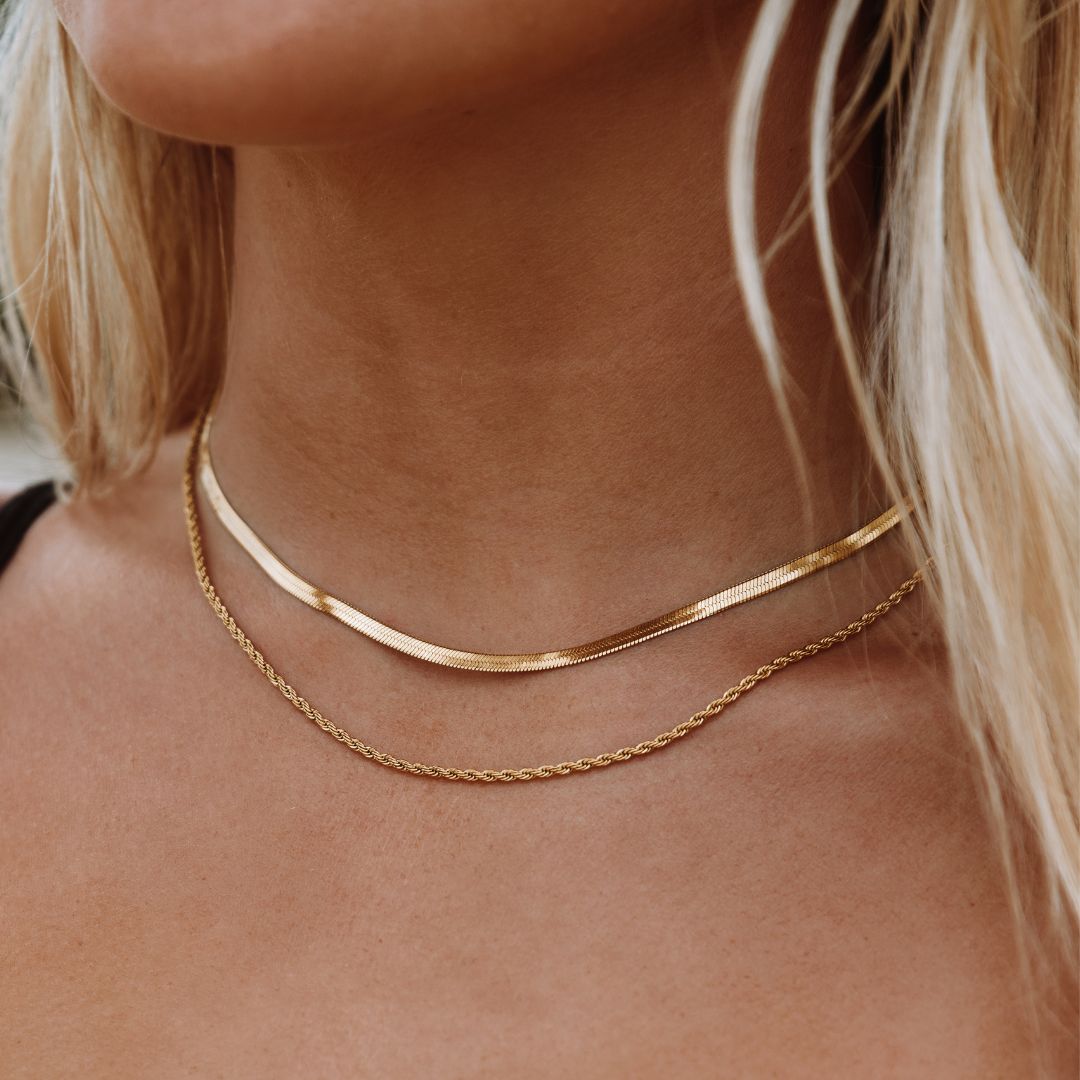
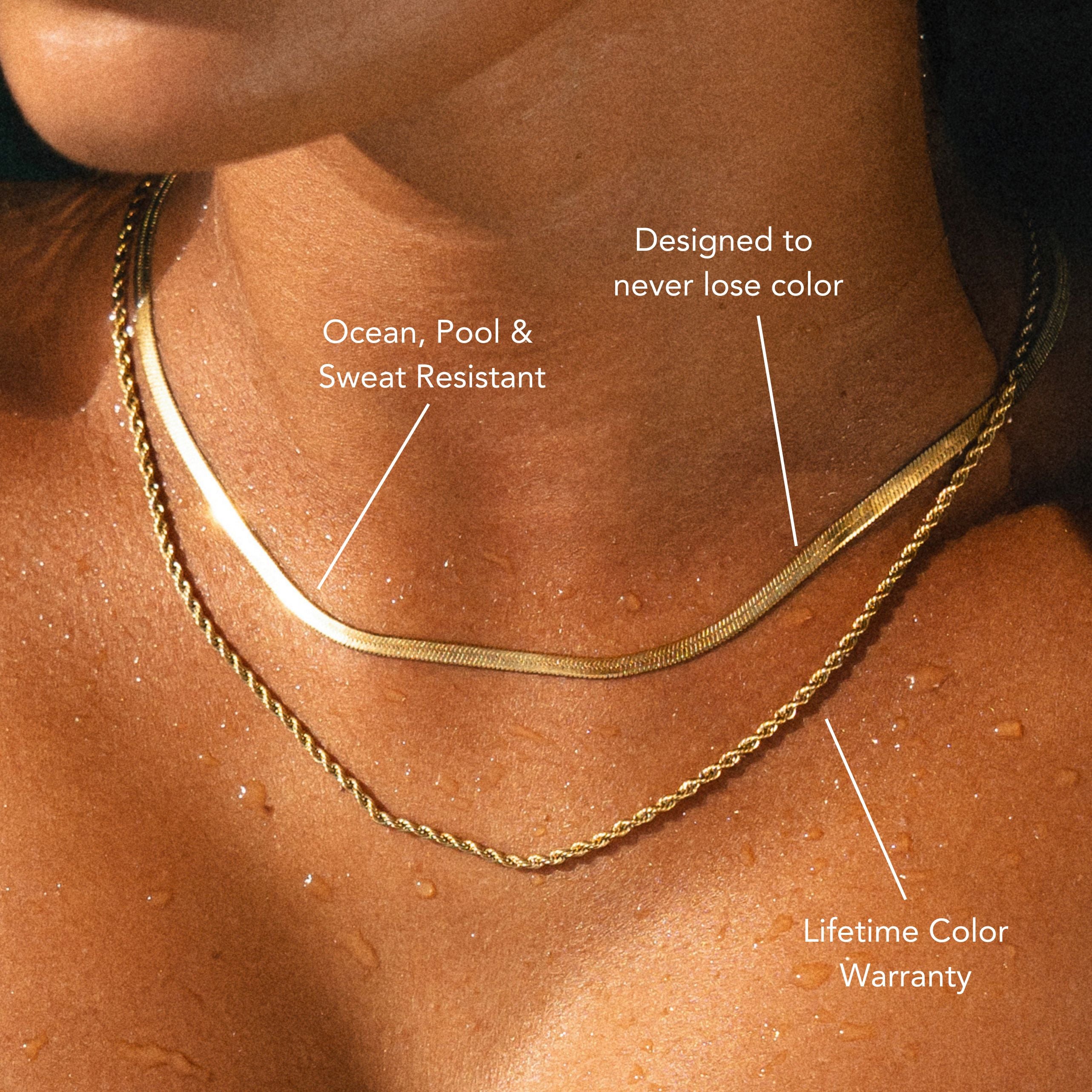
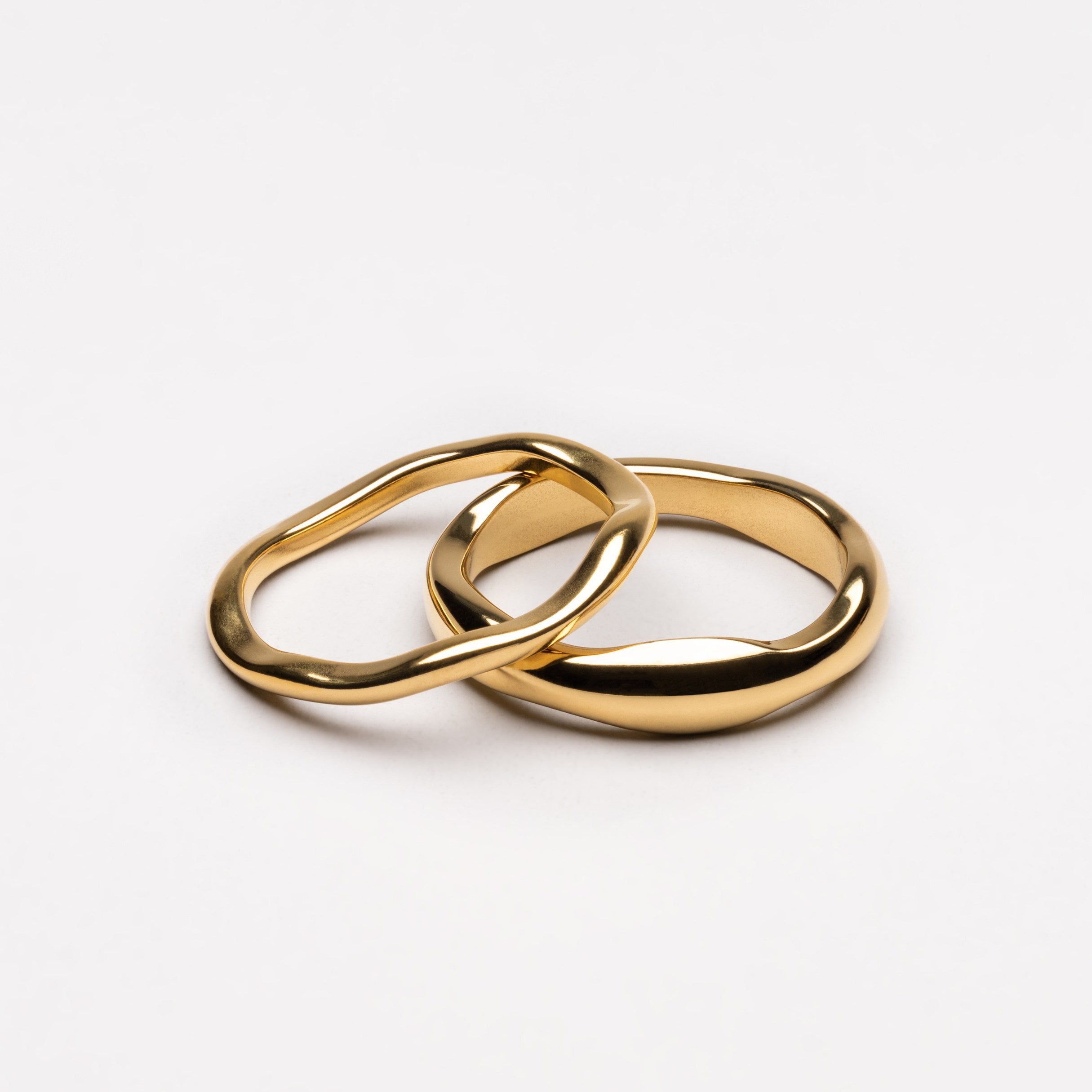

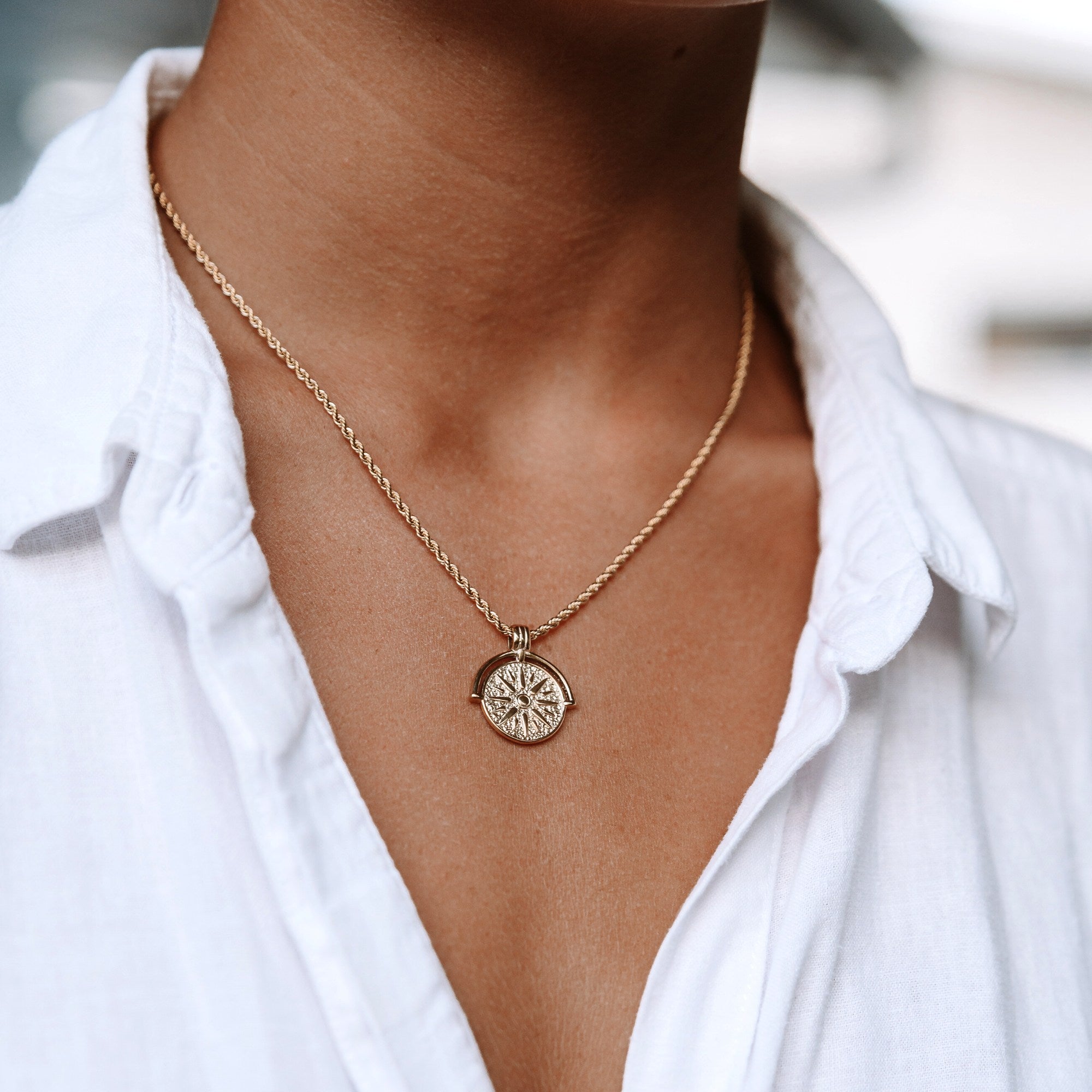
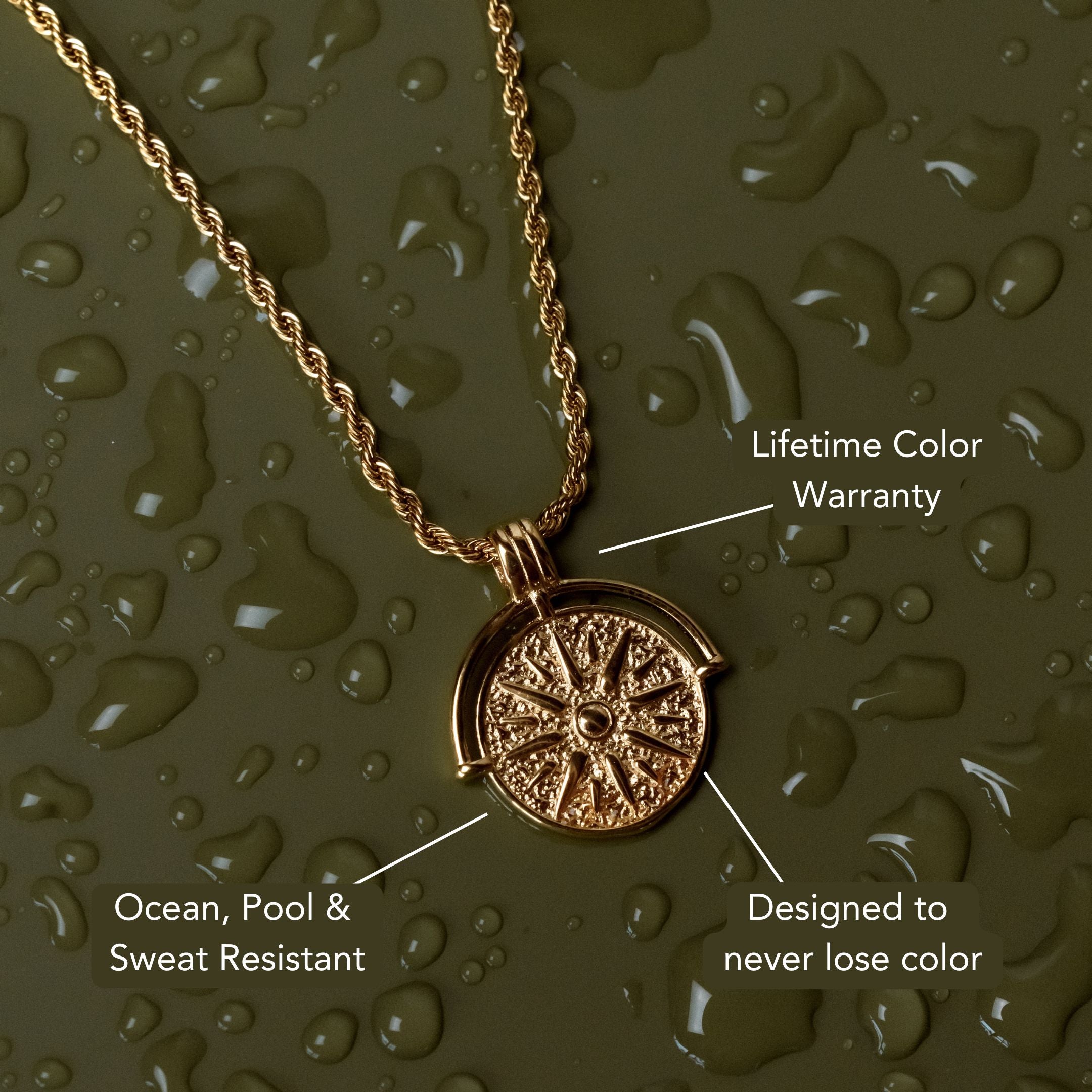
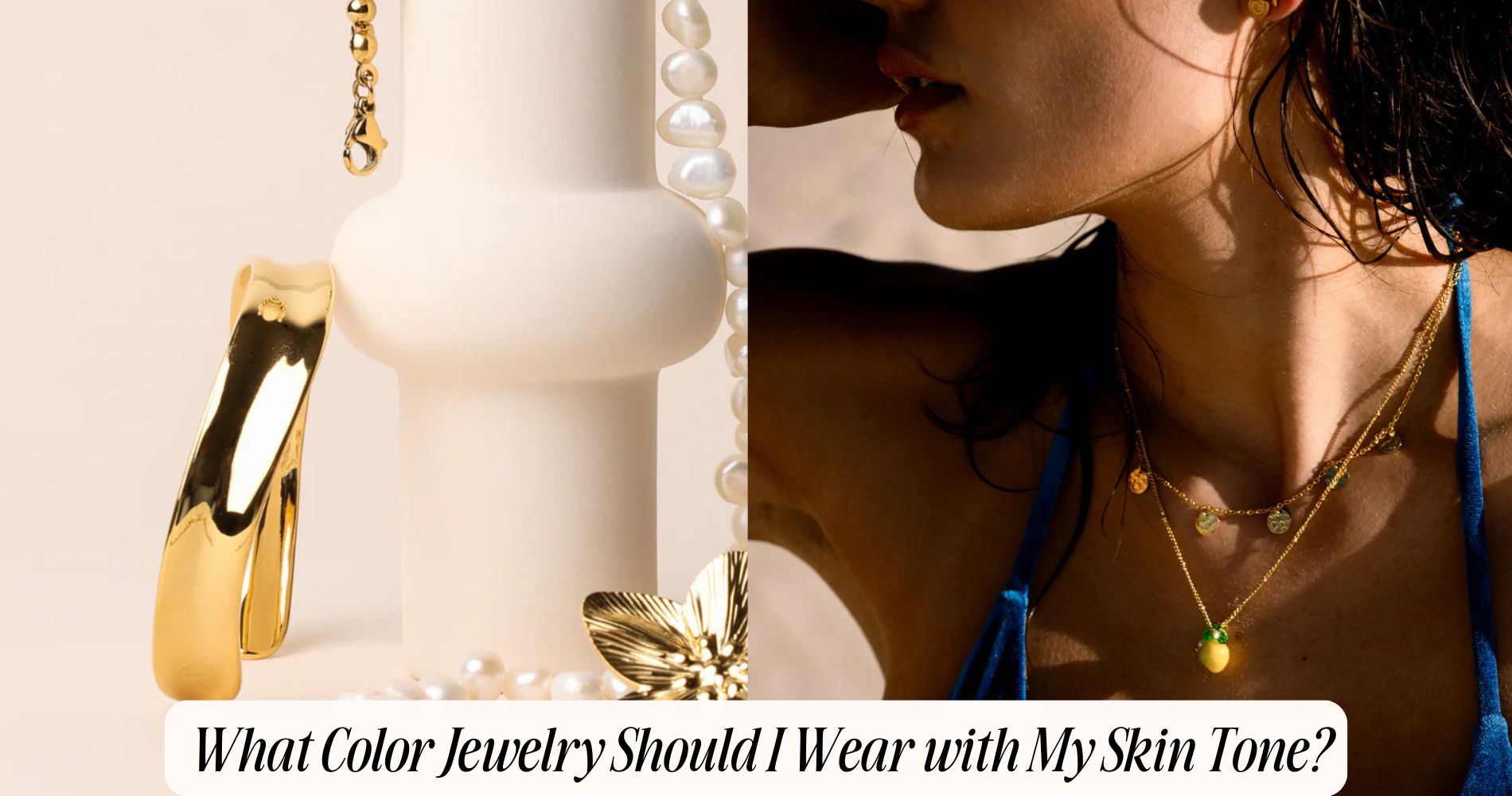
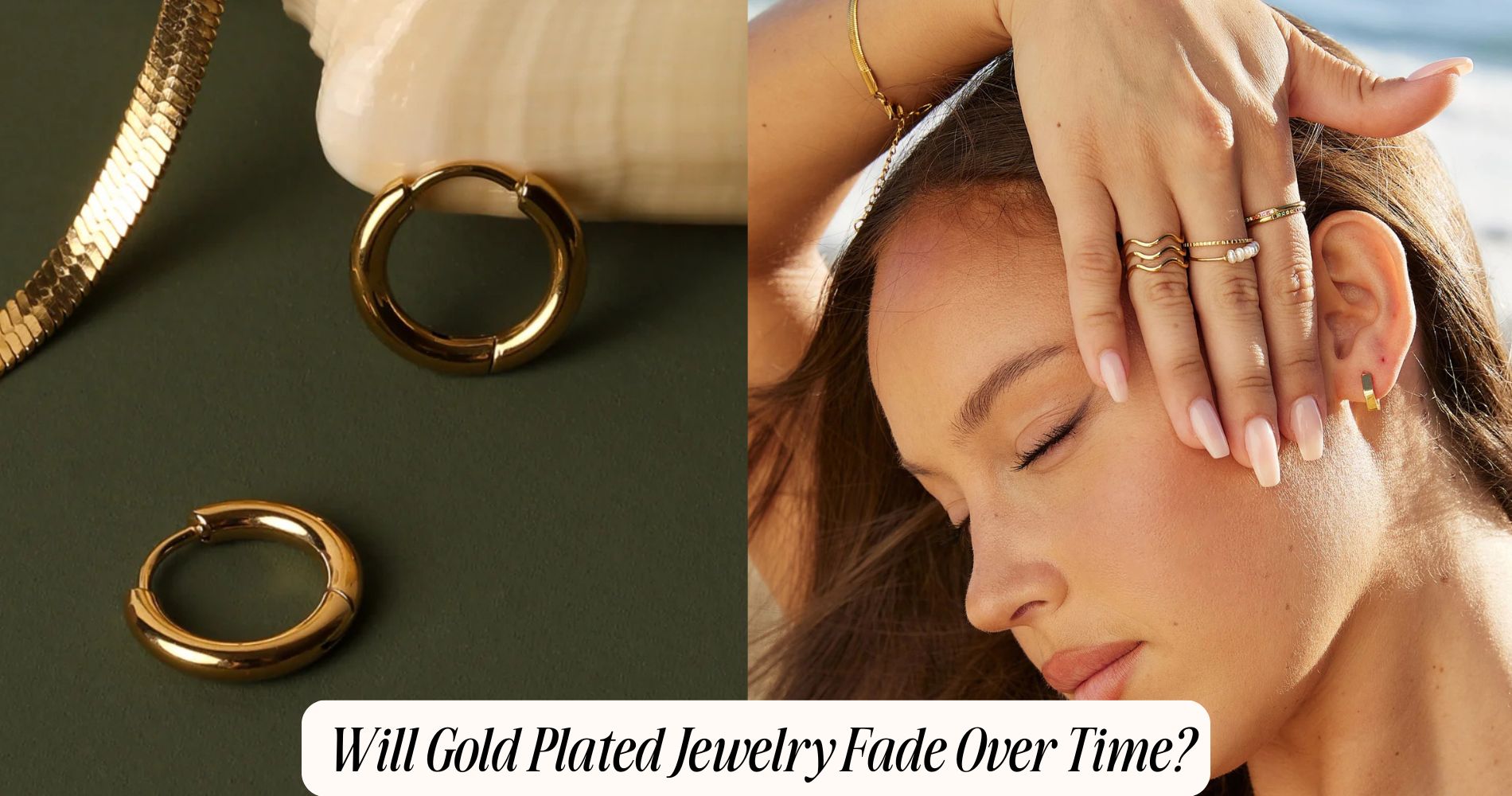




Leave a comment
This site is protected by hCaptcha and the hCaptcha Privacy Policy and Terms of Service apply.